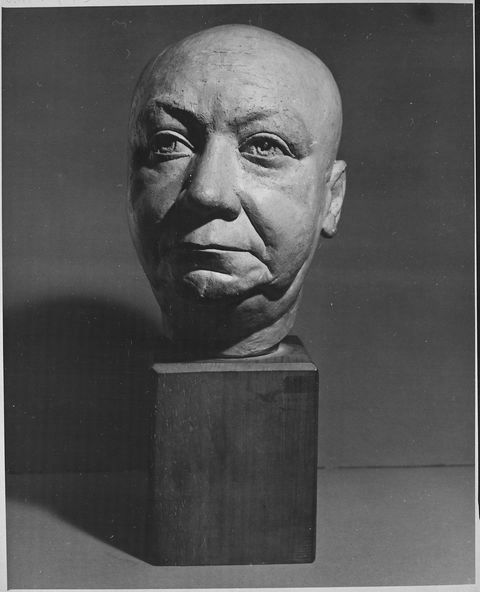GM – FBF – Today’s American Champion was an American surgeon and civil rights activist. In his position at Harlem Hospital he was the first African-American on the surgical staff of a non-segregated hospital in New York City. He was influential for his medical research as well as his efforts pushing for racial equality in medicine and involvement with the National Association for the Advancement of Colored People (NAACP), which he served as chairman for nearly two decades.Today In Our HISTORY – July 23,1891 – Louis Tompkins Wright, MD, FACS (July 23, 1891 – October 8, 1952) , was born in LaGrange, Georgia.Born in LaGrange, GA, Louis Tompkins Wright, MD, FACS, was exposed to the harsh realities of being African American in the southern United States during a turbulent, racially charged time in U.S. history. But Dr. Wright was also exposed to the presence of achievement within his own family. His father, Ceah Ketcham Wright, MD, was born a slave, but pursued education and received a medical degree—as valedictorian of his class—from Meharry Medical School, Nashville, TN. After Dr. Louis Wright’s father died, his mother, Lula, remarried another African American physician, William Fletcher Penn, MD, who was the first African American medical graduate from Yale University, New Haven, CT.With encouragement from his stepfather, Dr. Wright applied to Harvard Medical School Boston, MA. However, his experience in seeking admission to the institution was not free from controversy. Upon visiting the school for his interview, the interviewer—Channing Frothingham, MD—realized that the applicant was African American and had attended “Clark University in Atlanta, a school that offered elementary, high school, and university instruction to blacks—not the Clark University in Worcester, MA.”1 After convincing Dr. Frothingham to have his abilities tested, tests that deemed the future Dr. Wright as having “adequate chemistry for admission to this school,” he was admitted and earned a medical degree—cum laude and graduated fourth in his class.1Following medical school, his internship applications at three major Boston medical institutions were rejected, which led him to take a position at Washington, DC’s Freedman’s Hospital, now Howard University Hospital. He eventually went on to join the U.S. Army, and served as first lieutenant in the Army Medical Corps, stationed in France, where he was given charge of the surgery wards at a field hospital. At the end of his military career, he was discharged as a captain and was given a Purple Heart after a phosgene gas–based German assault.Dr. Wright went on to have an illustrious career, serving at Harlem Hospital in New York City for more than three decades, from 1919 to 1952. During that period—the height of the Jim Crow era—he was a trail blazer for the rights of African American medical personnel. For both his scientific work and his civil rights activism, he received many honors and awards.Dr. Wright’s affiliation with the American College of Surgeons (ACS) began in 1934 when he was admitted as a Fellow of the organization—an admission that brought much debate and division among ACS leadership and members. While African American surgeons did apply for Fellowship in the College and for membership in other national surgical and medical societies, issues of race often resulted in controversy and discord.However, the cause of getting African American surgeons into the ACS was one that Dr. Wright was willing to face and he became part of a group that actively worked to assist the process of admitting more black surgeons into the College. Ultimately, the effort was successful and by the end of 1950, at least 38 black surgeons had gained ACS Fellowship. Research more about this great American Champion and share it with your babies. Make it a champion day!

